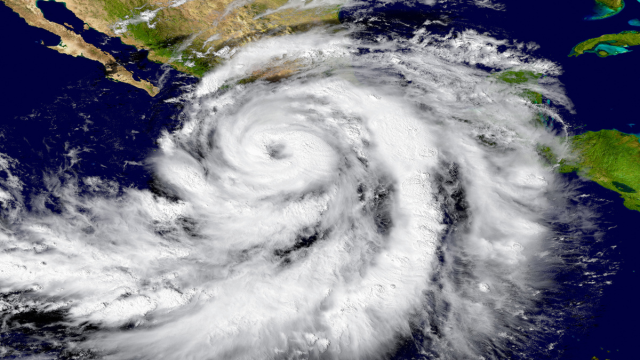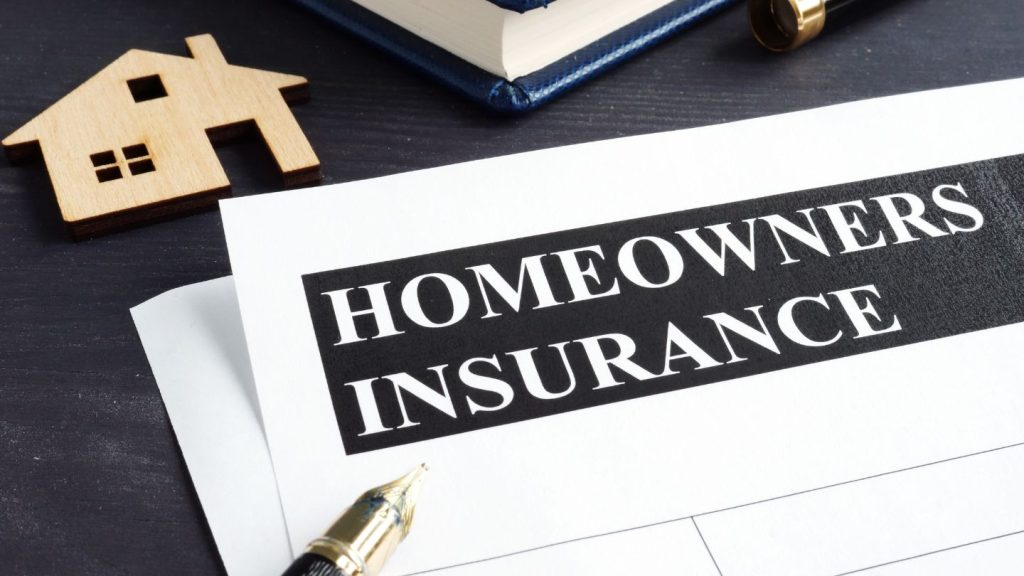Natural disasters can strike without warning, leaving homeowners with significant damage to their properties. One of the most pressing questions that arise in the aftermath is, “Does my home natural disaster insurance?” This article delves into the intricacies of natural disaster insurance, shedding light on its coverage, limitations, and the importance of being adequately insured. Natural disaster insurance typically is grouped into a policy and not sold as a standalone. This means that certain natural disasters aren’t covered, especially depending on your location.
Understanding Home Insurance and Natural Disasters
Home insurance is a fundamental aspect of homeownership, offering a safety net against unforeseen damages and losses. At its core, a home insurance policy is designed to protect homeowners from financial setbacks due to various incidents. These incidents, often referred to as “perils” in insurance terminology, can range from fires breaking out in the kitchen to thefts during vacations.
Typically, a standard home insurance policy provides coverage for damages caused by specific perils. Common perils covered include fire, theft, vandalism, and certain types of water damage. For instance, if a burglar breaks into your home and steals valuable items, or if a short circuit causes a fire, your home insurance policy would likely cover the associated costs, subject to the terms and deductibles set in the policy.
However, the realm of natural disasters introduces a layer of complexity to this coverage. Natural disasters, such as hurricanes, tornadoes, floods, and earthquakes, can cause extensive damage, often affecting entire communities or regions. Given the magnitude and unpredictability of these events, many insurance providers approach them differently than other perils.
For many homeowners, there’s an assumption that their standard policy will cover all damages, but this isn’t always the case. Some natural disasters might be covered, while others might be excluded, requiring homeowners to purchase additional riders or separate policies altogether.
In essence, while home insurance provides a broad safety net, it’s essential to delve into the specifics, especially concerning natural disasters. By understanding the nuances and potential gaps in coverage, homeowners can make informed decisions, ensuring they’re adequately protected against both everyday incidents and catastrophic events.
Type of Natural Disasters Covered by Standard Policies
Home insurance policies are designed to provide homeowners with peace of mind, knowing that they have financial protection against a range of unexpected events. While the specifics can vary from one policy to another, there are certain natural disasters that are frequently covered under standard home insurance policies. Understanding these can help homeowners gauge the extent of their protection.
Lightning Strikes: One of nature’s most powerful and unpredictable forces, lightning can cause significant damage to homes, especially in electrical systems or resulting in fires. A standard policy typically covers damages from lightning strikes, ensuring homeowners don’t bear the brunt of repair costs.
Windstorms or Hail: Whether it’s a fierce summer storm or a sudden hailstorm, the damage can be extensive. Roofs, windows, and exteriors can all suffer. Thankfully, most standard policies offer coverage for these types of events, helping homeowners restore their homes to their former state.
Fires, including Wildfires: Fires, whether originating from within the home or as a result of external factors like wildfires, can be devastating. The loss can be both structural and personal, with cherished belongings at risk. Standard home insurance policies typically cover fire damage, ensuring homeowners can rebuild and replace lost items.

Explosions: While less common than other events, explosions, whether due to gas leaks or other factors, can cause significant damage. Standard policies often provide coverage for such unexpected and sudden events, offering homeowners the necessary financial support for repairs.
Volcanic Eruptions: For those living near active volcanoes, the threat of an eruption is real. The resulting ash, lava flow, and airborne particles can cause damage to homes. Many standard policies offer coverage for damages resulting from volcanic eruptions, though this is more common in regions where such risks are prevalent.
Natural Disasters Often Excluded from Standard Policies
When homeowners invest in a standard home insurance policy, they often assume that they are protected against all potential natural disasters. However, this is not always the case. While standard policies cover a range of common perils, there are specific natural disasters that are frequently excluded, leaving homeowners potentially vulnerable to significant financial burdens.
Floods: One of the most common misconceptions is that standard home insurance policies cover flood damage. However, flooding, whether from heavy rainfall, storm surges, or overflowing rivers, is typically not covered. Homeowners living in flood-prone areas or those who want comprehensive protection often need to purchase separate flood insurance to ensure they are covered.
Earthquakes: The ground-shaking effects of earthquakes can cause extensive damage to homes, from foundational cracks to complete structural collapses. Yet, many standard policies exclude earthquake damage. Homeowners in seismically active regions should consider purchasing additional earthquake insurance to safeguard their properties.
Landslides or Mudslides: The sudden and swift movement of large amounts of earth can be devastating for properties in its path. Whether triggered by heavy rains, rapid snowmelt, or other factors, landslides and mudslides are not typically covered under standard policies. Homeowners in areas susceptible to these events should explore additional coverage options.
Hurricanes (in certain areas): While wind damage from hurricanes might be covered under some standard policies, other hurricane-related damages, such as storm surges or flooding, might not be. In coastal regions where hurricanes are prevalent, homeowners might find that their standard policy has specific exclusions or limitations related to hurricane damage. In such cases, additional riders or separate policies might be necessary. Learn more about hurricanes and hurricane safety here.

Navigating Natural Disaster Insurance Claims
Experiencing a natural disaster can be overwhelming, both emotionally and financially. Amidst the chaos and distress, homeowners are faced with the task of restoring their homes and lives. One of the first steps in this journey is navigating the insurance claims process. While it might seem daunting, understanding the procedure and being prepared can significantly ease the experience.
Document the Damage with Photos and Videos: Before any cleanup or repairs begin, it’s essential to thoroughly document the extent of the damage. Using a camera or smartphone, take clear photos and videos of all affected areas, both inside and outside the home. This visual evidence will be invaluable when presenting your claim to the insurance company, ensuring that all damages are accounted for.
Contact Your Insurance Agent Promptly: Time is of the essence when filing a claim. Reach out to your insurance agent or company as soon as it’s safe to do so. They will provide guidance on the next steps, inform you of any deadlines, and answer any initial questions you might have. Before contacting insurance, you may want to consider contacting restoration professionals. At United Water Restoration Group, we can assist you through the claims process and provide your insurance provider with important information and documentation.
Keep Records of Repair Costs and Replacement Purchases: As you begin the recovery process, maintain a detailed record of all expenses. This includes quotes from contractors, receipts for repairs, and any replacement items purchased. Organizing these documents will streamline the claims process and ensure you receive the compensation you’re entitled to.
Understand the Claims Process, Including Inspections and Payouts: Once your claim is filed, the insurance company will typically send an adjuster to inspect the damage. This professional will assess the extent of the damage, verify the details of your claim, and determine the compensation amount. Familiarize yourself with this process, and don’t hesitate to ask questions or seek clarifications. Understanding how payouts are determined and when you can expect them will help set realistic expectations and reduce potential frustrations.
Seek Assistance if Needed: If you find the claims process overwhelming or feel that your claim isn’t being handled fairly, consider seeking assistance. This could be in the form of a public adjuster, who can advocate on your behalf, or legal counsel if disputes arise.
The Importance of Reviewing and Updating Your Coverage
Insurance is not a one-size-fits-all solution. As life evolves, so do our needs, assets, and the value of our properties. Just as we adapt to these changes, our insurance coverage must also evolve to ensure we remain adequately protected. Regularly reviewing and updating your home insurance policy is not just a recommendation; it’s a necessity for safeguarding one of your most valuable assets.
Reflecting the True Value of Your Home: Over time, the value of a property can fluctuate due to various factors such as market dynamics, home improvements, or changes in the neighborhood. If your home’s value has increased significantly since you last reviewed your policy, you might find yourself underinsured. This could mean that in the event of a disaster, the compensation you receive might not cover the full extent of the damages or the current value of the home.
Accounting for New Assets: Perhaps you’ve renovated your kitchen, added a new room, or purchased valuable items like jewelry or art. These additions and improvements can significantly increase the value of your assets, necessitating an update in your coverage to ensure they are adequately protected.
Considering Changing Risks: The frequency and intensity of natural disasters can change over time. Maybe your area, once considered low-risk for floods, has experienced increased rainfall and flooding in recent years. Regularly reviewing your policy ensures that you’re protected against the most current and relevant risks.
Benefitting from New Policy Options: The insurance industry is dynamic, with new products, discounts, and coverage options emerging regularly. By periodically reviewing your policy, you might discover new offerings that provide better coverage, cost savings, or both.
Engaging in Open Dialogue with Your Insurance Provider: Establishing a relationship with your insurance agent or provider is beneficial. They can offer insights into any gaps in your coverage, suggest appropriate updates, and inform you of any changes in the insurance landscape that might affect you.
Natural disasters are unpredictable, but understanding your home insurance policy doesn’t have to be. By familiarizing yourself with what’s covered, what’s not, and how to navigate claims, you can have peace of mind knowing you’re prepared. Always consult with your insurance agent to clarify any doubts and ensure your home is adequately protected.





